Bern Art Museum restitutes two Otto Dix to presumed owners
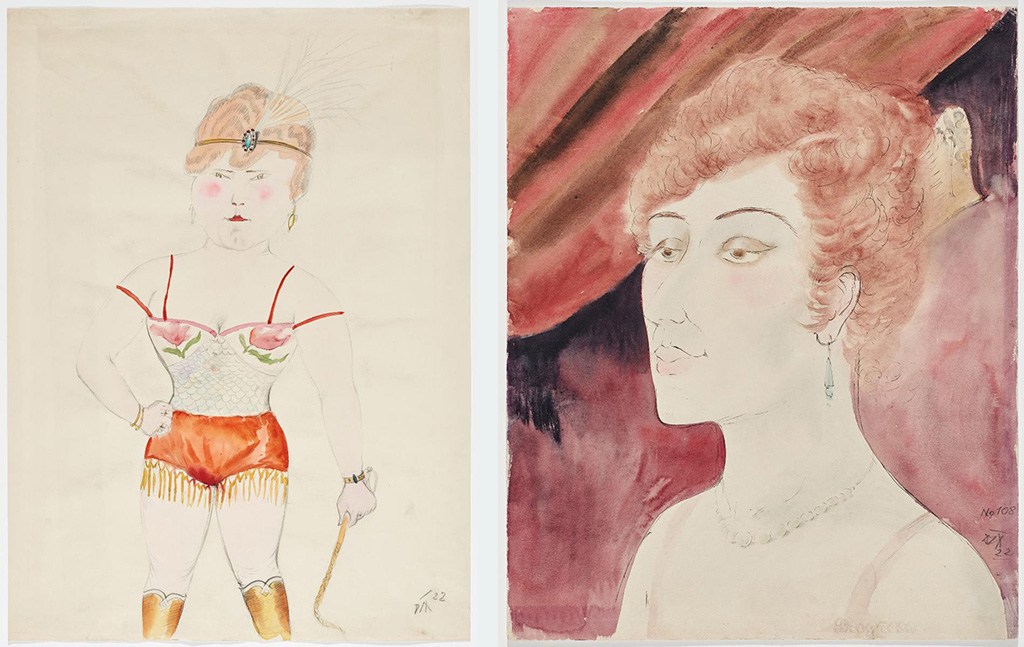
The Museum of Fine Arts in Bern has voluntarily returned two paintings by Otto Dix to the heirs of the presumed owners on suspicion they were looted by Nazis.
For years a team of researchers at the Museum of Fine Arts in Bern has laboured intensively to investigate the origins of Cornelius Gurlitt’s treasures. An art collector himself, Gurlitt inherited the works from his father, who had purchased art in occupied Europe for Adolf Hitler’s planned Führermuseum in Linz, Austria.
Of about 1,600 works that were hidden in Gurlitt’s homes, 14 have been identified as looted by the Nazis or sold under duress by Jewish collectors and restituted to their rightful owners.
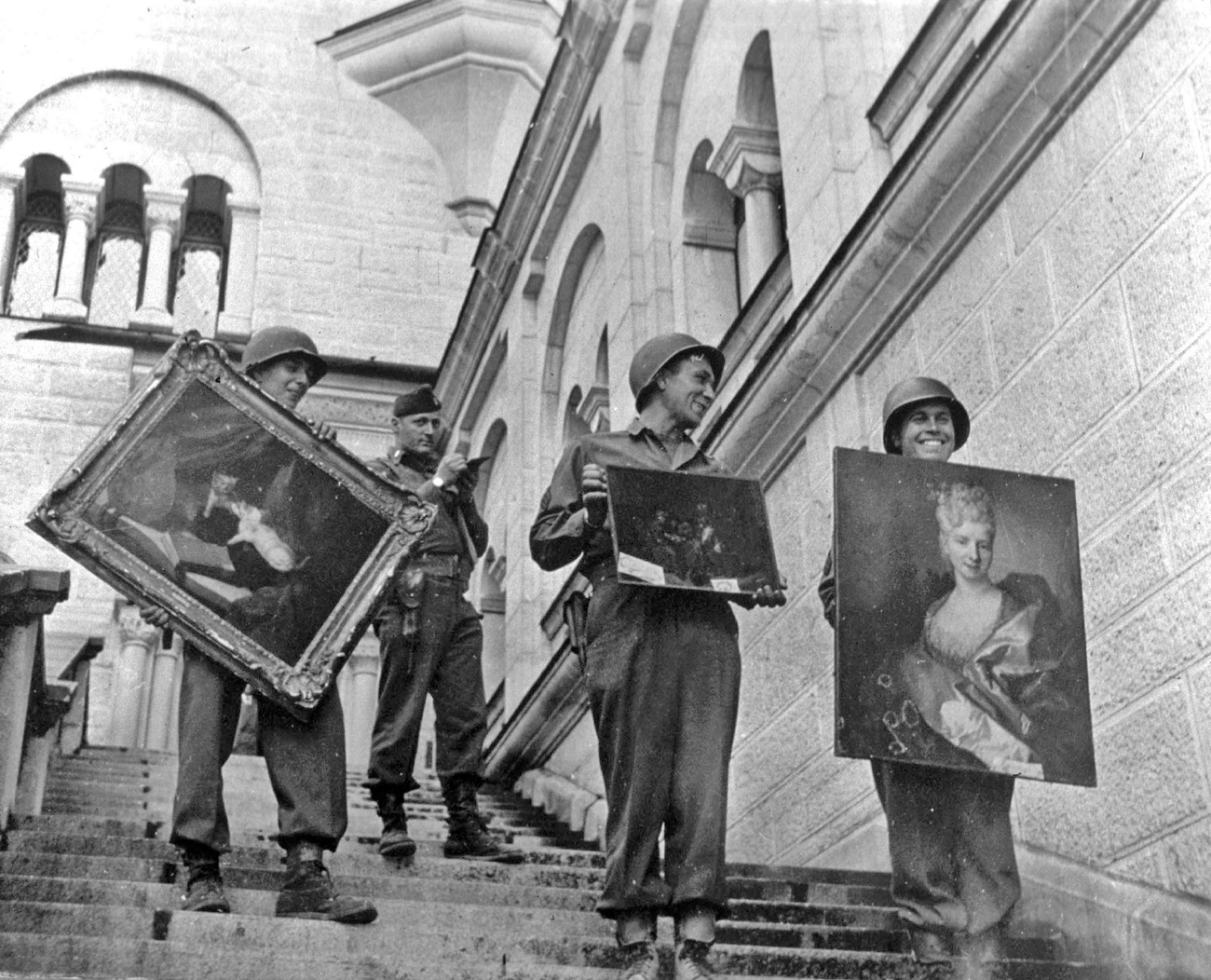
More
Switzerland mulls a commission to judge Nazi-looted art claims
But there are hundreds more whose provenance could not be clarified. In many instances it may never be possible to reconstruct with full certainty the path the artworks took before they entered Gurlitt’s possession.
That is the case with two watercolour paintings by Otto Dix – “Dompteuse” and “Dame in der Loge.” Nevertheless, earlier this month the museum announced it would transfer ownership of these works to the descendants of Ismar Littmann and Paul Schaefer, the two former owners of the works. In the view of the German newspaper Frankfurter Allgemeine Zeitung, the museum’s approach is exemplary.
“Who would have thought that the confounded Gurlitt legacy could become a model for how to deal with Nazi-looted art responsibly?” the paper wroteExternal link.
Even after years of research – now published onlineExternal link in a 205-page report – it is unclear exactly what the circumstances and timing of the watercolours’ loss was, and to whom they belonged when they were confiscated from an auction in 1935. The museum said it is taking action based on “the most likely scenario.”
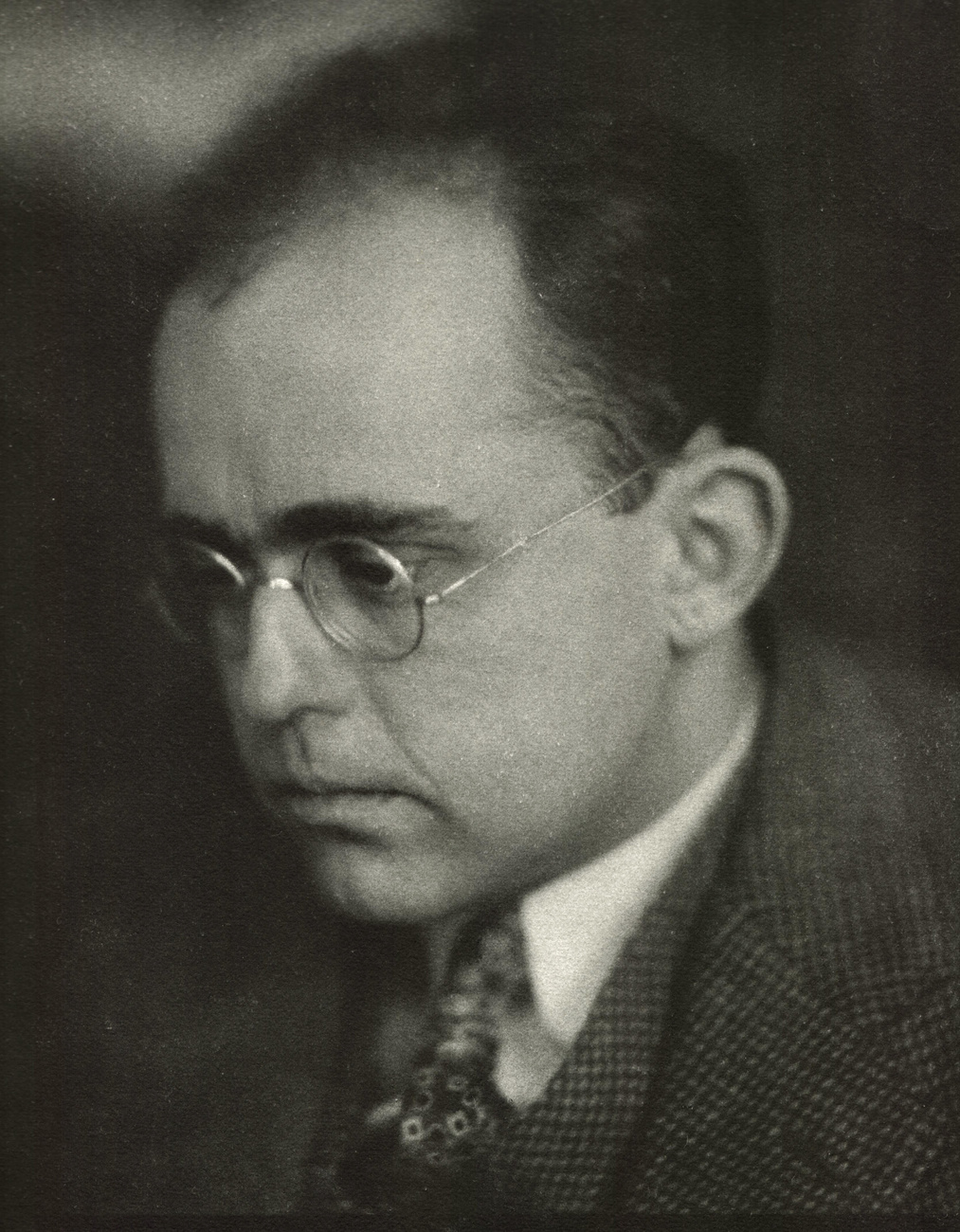
“We have no hard evidence but a series of clues indicating conspicuous circumstances,” says Nina Zimmer, the director of the Museum of Fine Arts in Bern. “We researched the provenance very carefully but we couldn’t get any further. In that situation we have to decide – do we want to keep an artwork or not? We thought it was better to find a solution.”
Thomas Buomberger, a historian and expert in Nazi-looted art, said the museum “has set new benchmarks. This latest decision is remarkable. It marks a shift in the burden of proof.”
Nazi persecution
Researchers don’t know exactly when Ismar Littmann sold his large collection of works on paper, which at one point comprised nearly 6,000 works – among them “Dompteuse” and “Dame in der Loge.”
Littmann was a Jewish lawyer and patron of the arts in Breslau (now Wroclaw in Poland.) But he suffered financial losses in the global economic depression that followed the Wall Street Crash of 1929.
After the Nazis came to power in January 1933, he quickly fell victim to their race policies. In April of that year, all Jewish lawyers in Germany were barred from practice, depriving Littmann of his living. He attempted suicide in 1933 – an act of “complete desperation,” according to his son. He died in 1934.
Researchers believe Littmann transferred ownership of a large number of works on paper – including the two Dix watercolours — to a friend, the dentist Paul Schaefer, at some point between spring 1932 and autumn 1933. It is not known whether this transaction was a regular sale, or whether the works were collateral for Littmann’s debts.

Schaefer consigned the artworks to a Berlin auction in February 1935. But before the auction, they were seized by police and later became part of a government trove of art the Nazis condemned as “degenerate” and confiscated from museums across the country. Hildebrand Gurlitt, one of the four dealers permitted to sell “degenerate” art on behalf of the Nazi regime, acquired the two Dix works.
Given the gaps in the history, the research could not conclusively prove who was the victim of the police confiscation. If they still owned the works, Littmann’s family was the victim. But if Littmann had sold his collection, then Schaefer was the victim.
A further uncertainty is the timing of the sale – if Littmann sold before Hitler took power, the sale would not count as a loss due to Nazi persecution. But if he sold after January 1933, it was a loss due to Nazi persecution, meaning both Littmann and Schaefer were victims of the looting.
The Museum of Fine Arts has reached a settlement that entails the Littmann and Schaefer heirs sharing “Dompteuse” and “Dame in der Loge.”
A heavy legacy
Back in May 2014, when staff at the Kunstmuseum discovered that the reclusive Cornelius Gurlitt had bequeathed the museum his entire estate – including the art inherited from his father – they were taken by surprise. They deliberated for six months before accepting this heavy legacy.
“This magnificent bequest brings with it a considerable burden of responsibility and a wealth of questions of the most difficult and sensitive kind,” the managers said at the time.
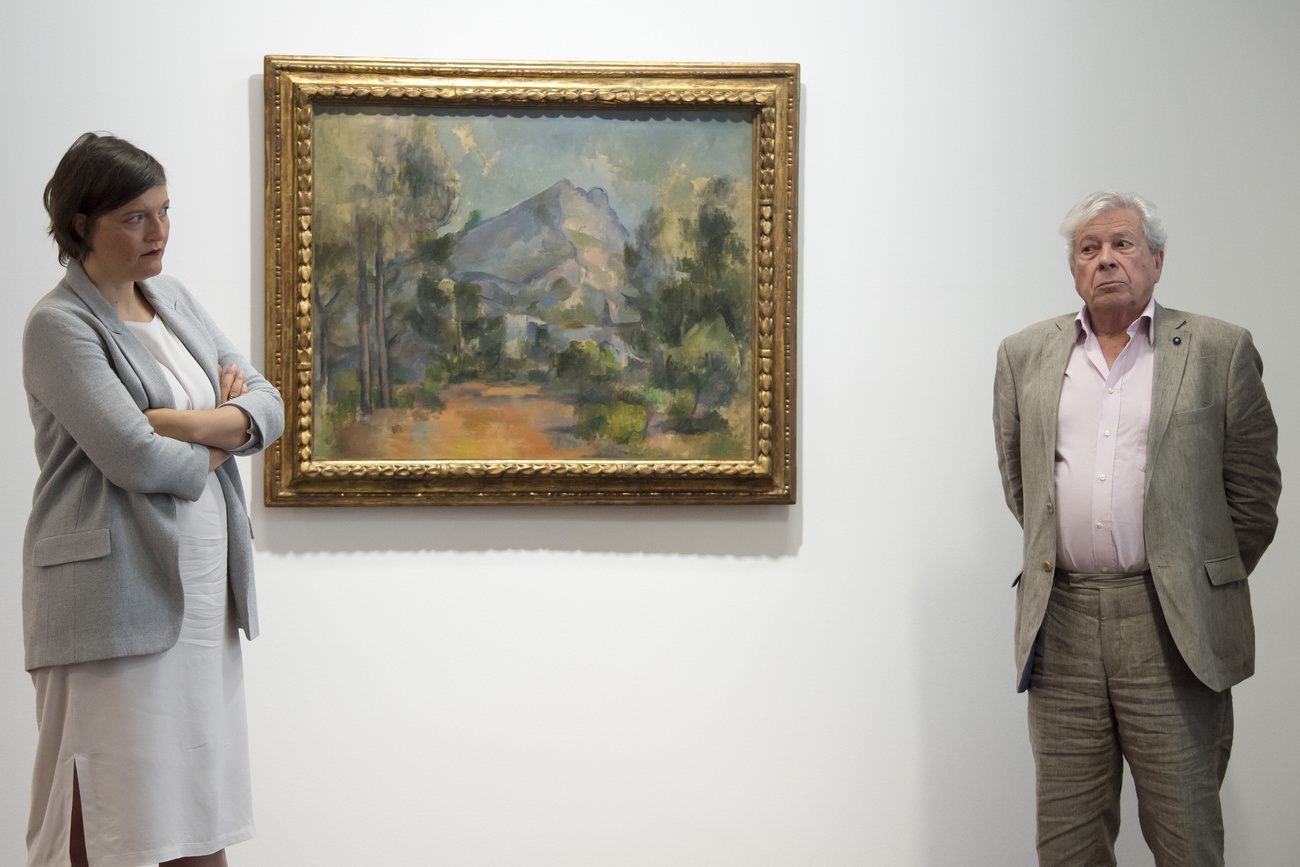
Since then, the museum has served as a pioneer and a catalyst for action on the national level. It was the first Swiss museum to set up a dedicated provenance research department. Its acceptance of the Gurlitt legacy also prompted the federal government to introduce provenance research funding for museums.
In recent months, the Swiss debate surrounding Nazi-looted art has gained new momentum. The city of Zurich and its Art Museum, which opened a new extension in October, faced a storm of criticism over the display of art from the collection of Emil Bührle, an industrialist who sold weapons to Hitler’s Germany during World War II and bought art that was looted by the Nazis.
The furor has led to calls for an independent panel to judge complex claims for Nazi-looted art in Swiss museums. A member of parliament has put forward a motion urging the creation of such a panel and has won support from lawmakers in six political parties.
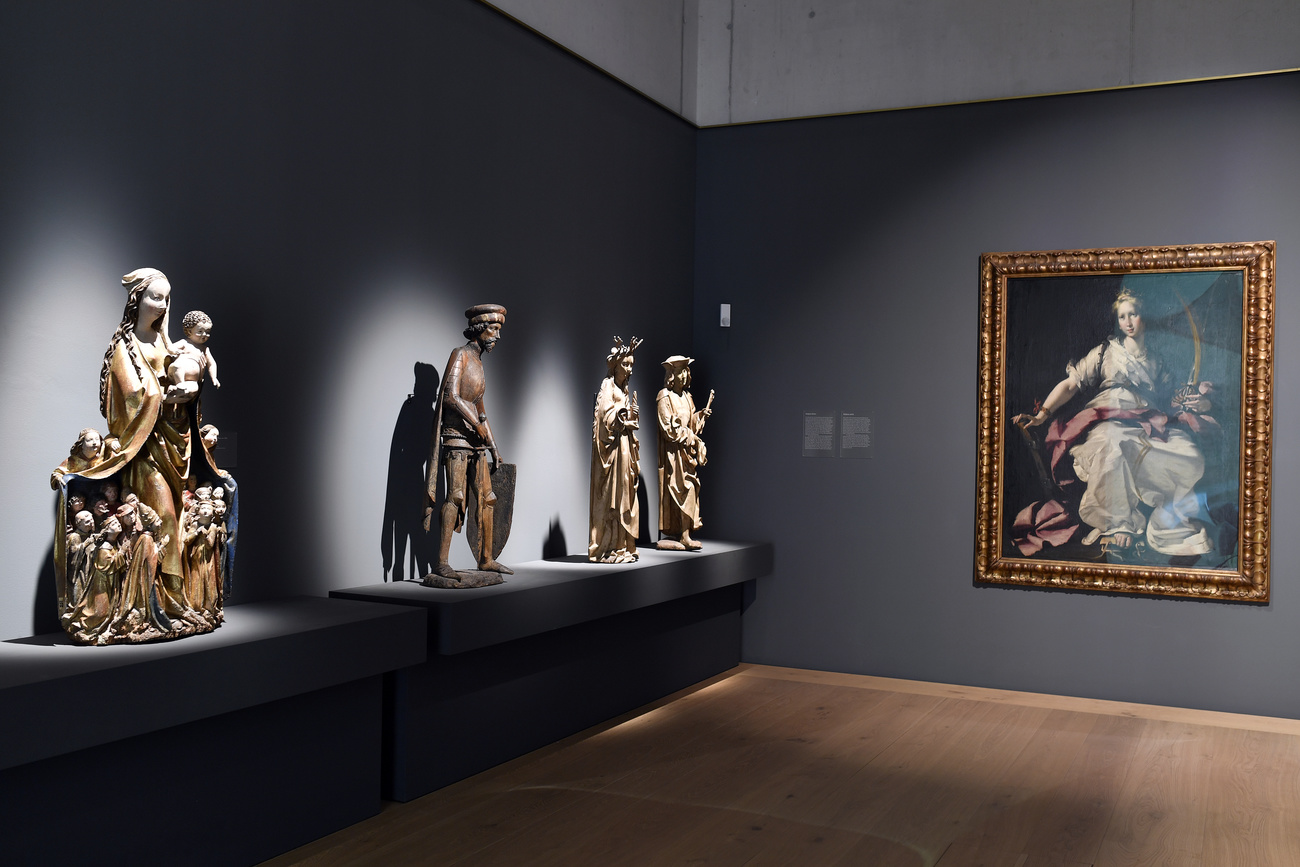
More
Zurich art museum succumbs to Bührle’s ambitions
Zimmer says the Museum of Fine Arts in Bern has for many years advocated a national panel. But until it exists, responsibility for making such decisions about the Gurlitt legacy lies with the museum, which is “dedicated to handling it correctly,” she says.
“The decision to accept the Gurlitt legacy was mainly motivated by a desire to find a careful, responsible way of dealing with this challenging situation,” says Marcel Brülhart, a member of the board of trustees of the Bern Museum. “The years of in-depth debate surrounding the legacy have allowed the Museum of Fine Arts Bern to adopt a clear stance on the matter. We’ve all learned a lot in the process.”
More work ahead
Bern still has its work cut out, Zimmer says. For another 1,091 works in the collection, there are ownership gaps but no indication that they were looted. In the case of 29 further artworks, including pieces by Pierre Auguste Renoir, Georg Grosz and Max Liebermann, there are indications they may have been looted. The museum is also handling a claim from the heirs of Fritz Salo Glaser for 13 works on paper in the Gurlitt legacy.
None of this is made easier by the fact that Hildebrand Gurlitt bought mainly works on paper rather than paintings, which tend to be less well-documented because they are generally less valuable. A further complication is that he worked “relatively systematically to erase traces of provenance” on the art, Zimmer says.
The back of “Dame in der Loge,” for instance, has a penciled number that someone – probably Hildebrand Gurlitt – has erased, but it is still just about discernible. The number corresponds with Littmann’s inventory, identifying it as once in his possession.
All of this research requires substantial funding. In the medium term, the museum’s provenance department is financed, Zimmer says. But “we need more support to finance it in the long term,” she says.
The Bern Museum of Fine Art plans an exhibition to showcase its research on the Gurlitt collection and the challenges it has faced. “Taking Stock: Gurlitt In ReviewExternal link” is scheduled to open on September 16, 2022.

In compliance with the JTI standards
More: SWI swissinfo.ch certified by the Journalism Trust Initiative


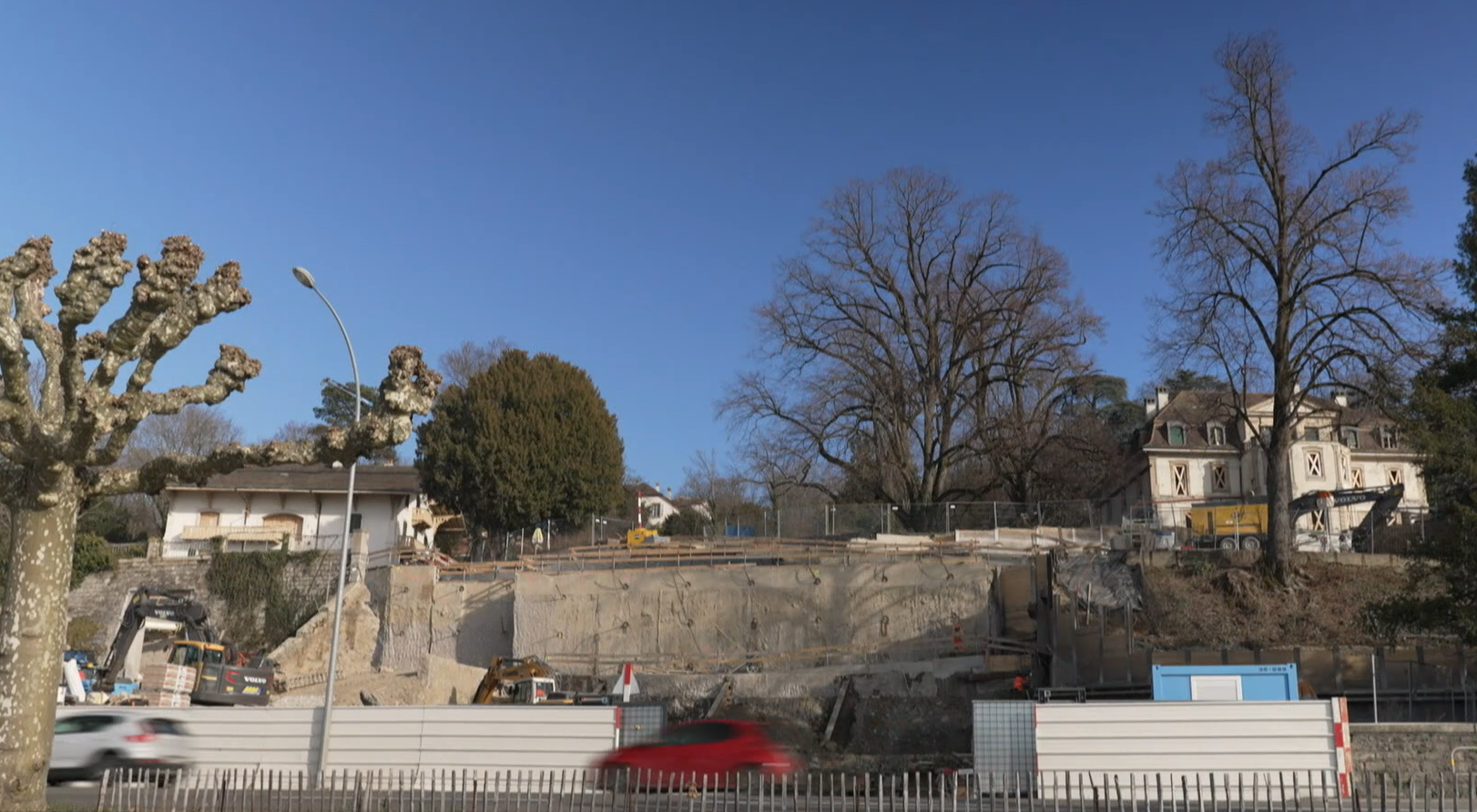
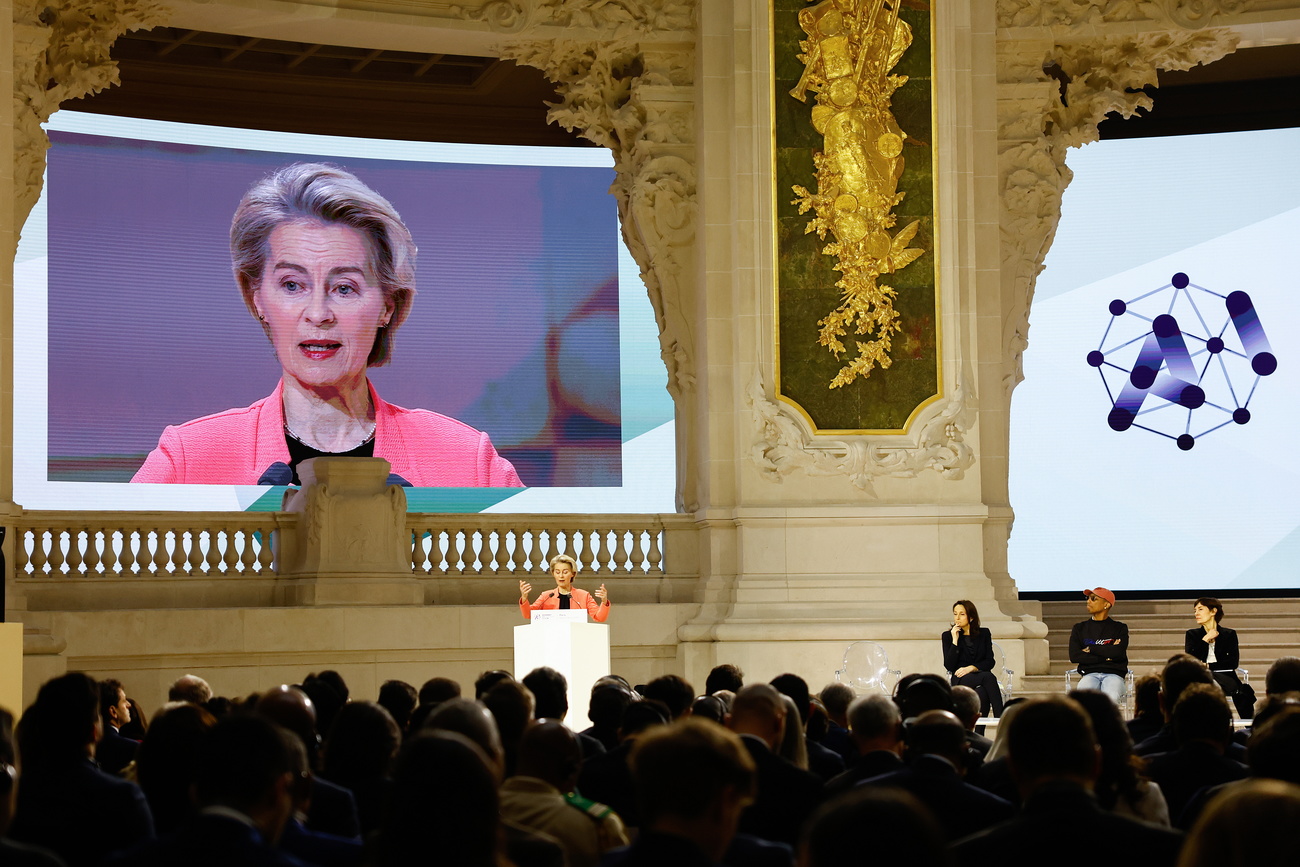





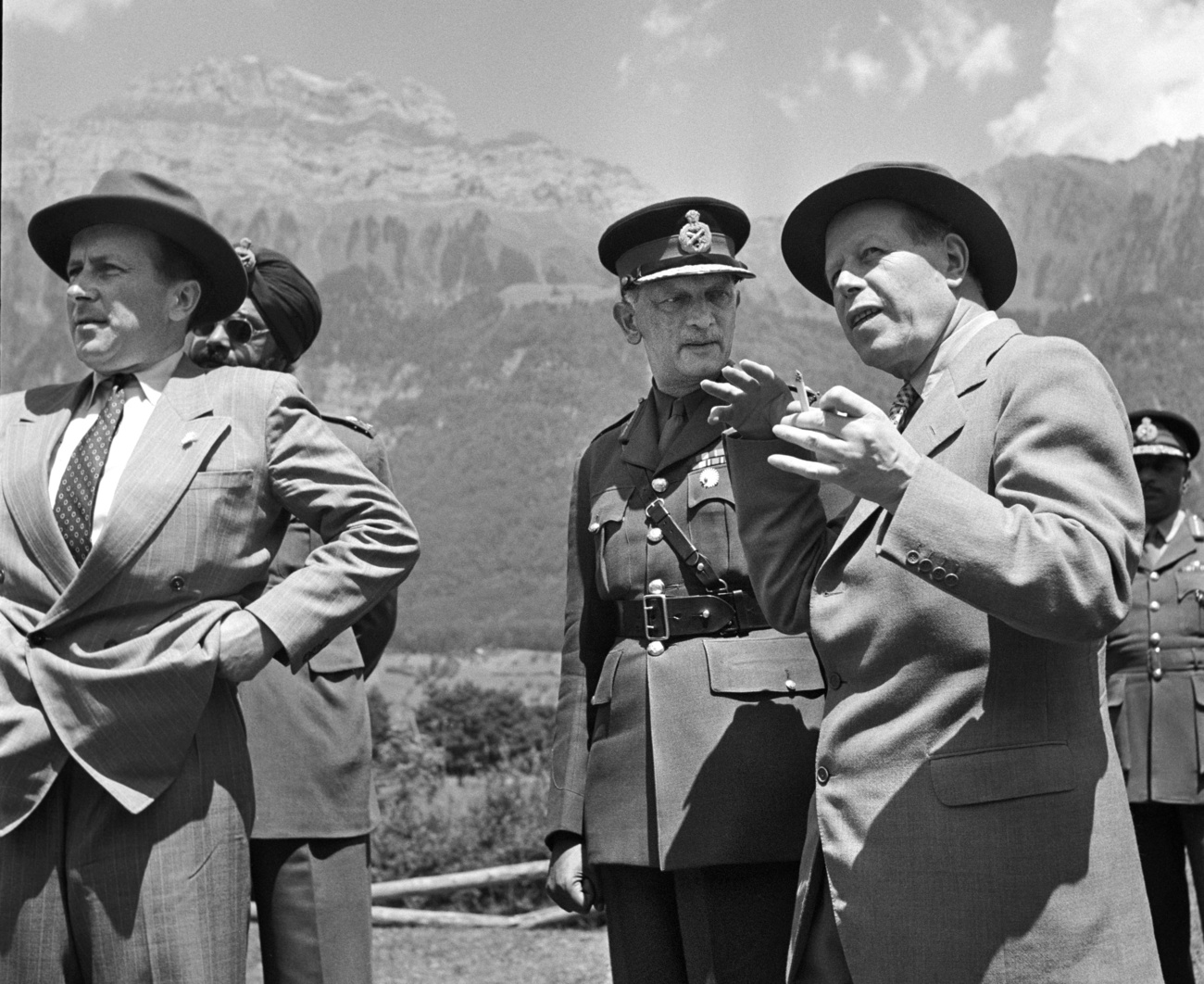
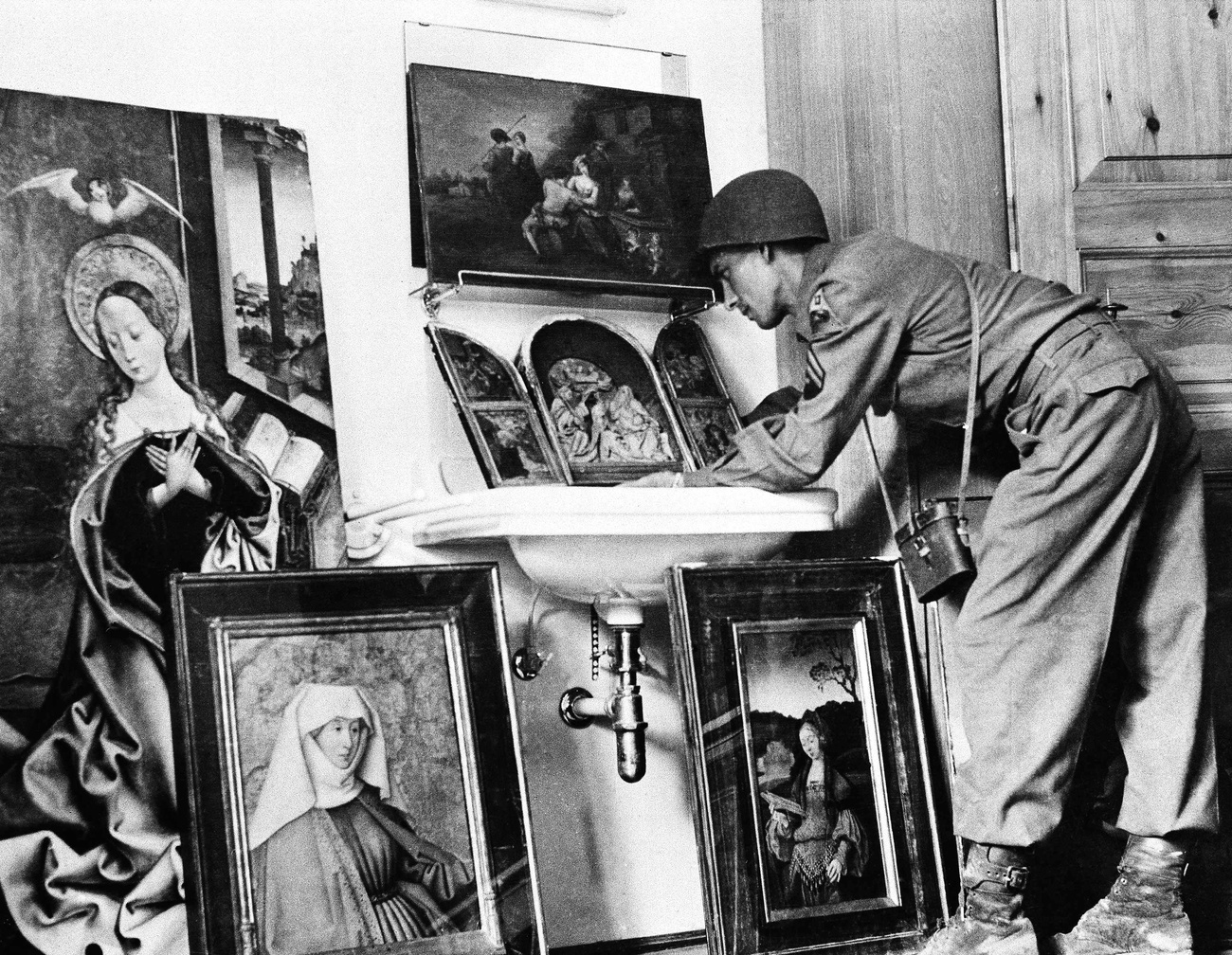

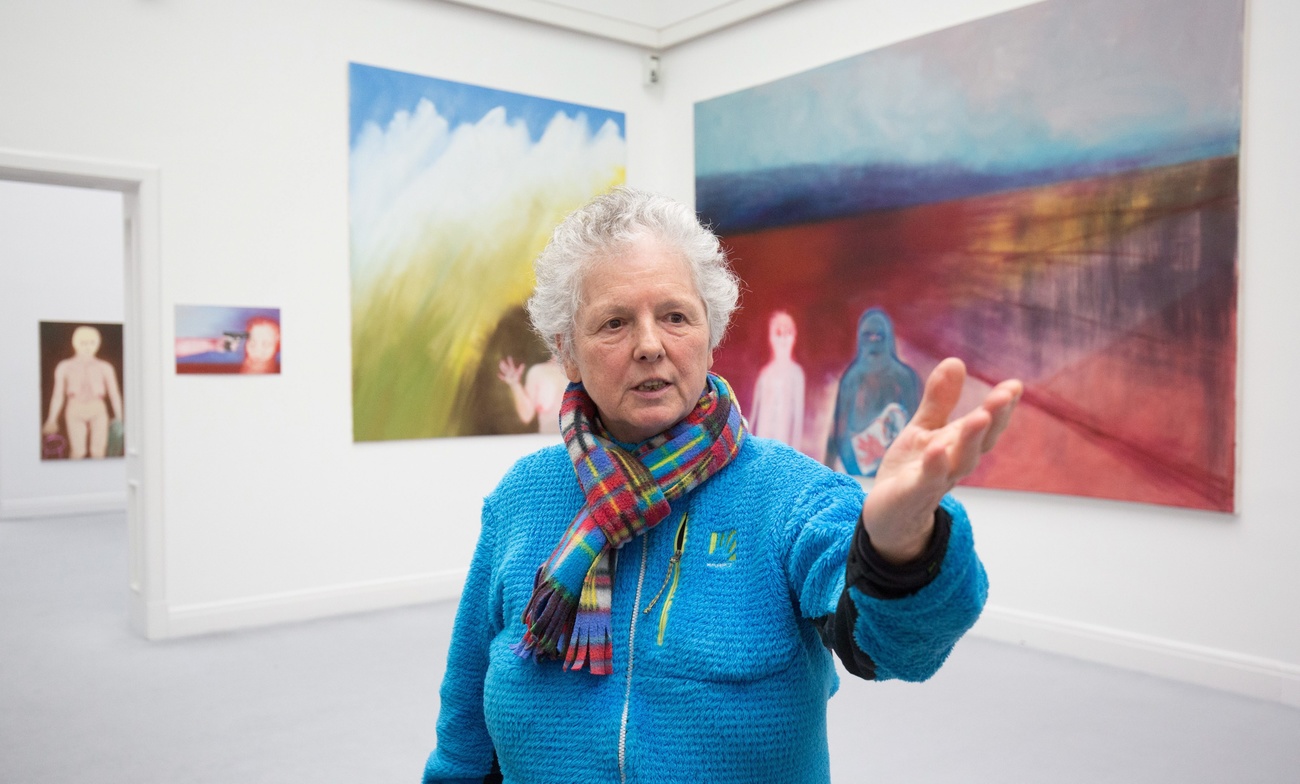
You can find an overview of ongoing debates with our journalists here . Please join us!
If you want to start a conversation about a topic raised in this article or want to report factual errors, email us at english@swissinfo.ch.